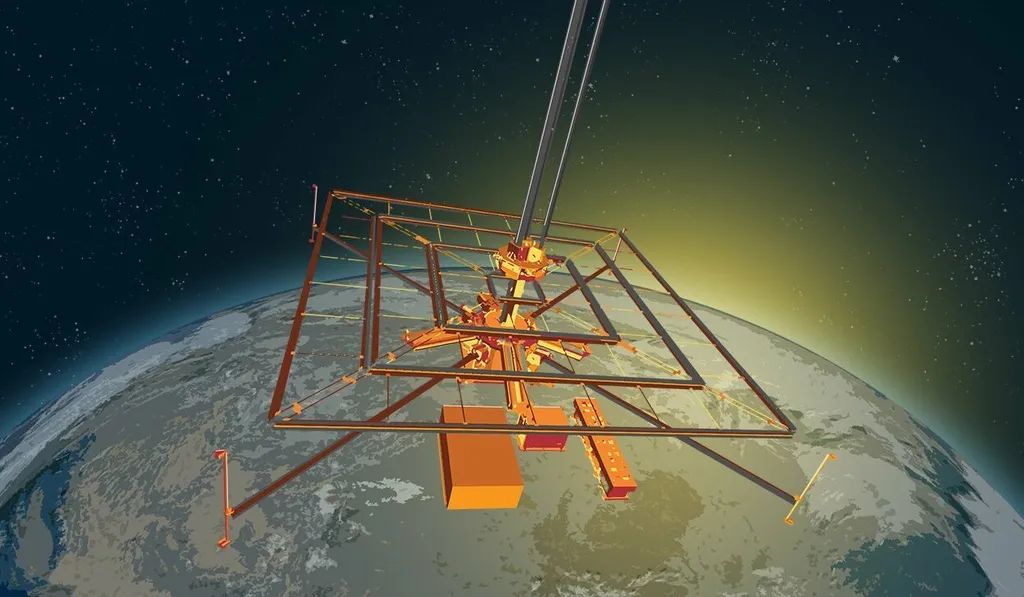In the realm of space exploration and energy research, a team of international scientists led by Dr. Carlo Grimani from the Italian National Institute for Nuclear Physics (INFN) has developed a novel instrument concept aimed at enhancing our understanding of solar energetic particles (SEPs) and their impact on space missions. The team, comprising researchers from various institutions across Europe, has proposed a compact, low-power, and radiation-resistant instrument called HASPIDE-SPACE, designed to monitor solar X-rays, electrons, and protons with unprecedented energy range.
The researchers, affiliated with institutions such as INFN, the Italian Space Agency (ASI), and the European Space Agency (ESA), among others, have outlined their innovative concept in a study published in the journal Nuclear Instruments and Methods in Physics Research Section A. The instrument is intended for long-duration missions and is capable of measuring particles up to energies of tens of keV for X-rays, MeV for electrons, and 600 MeV for protons. This represents a significant improvement over current detectors, which typically measure up to 200 MeV.
Solar energetic particles and galactic cosmic rays pose significant challenges to space missions, affecting the performance of instruments and contributing to the absorbed dose experienced by astronauts. During intense solar particle events and gamma-ray bursts, the overall particle flux impacting spacecraft can increase by several orders of magnitude compared to the galactic cosmic-ray background. The HASPIDE-SPACE instrument aims to address these challenges by providing more comprehensive and accurate measurements of solar particles.
The practical applications of this research for the energy sector are manifold. Improved monitoring of solar particles can enhance our understanding of space weather, which in turn can help protect critical infrastructure both in space and on Earth. For instance, better predictions of solar particle events can aid in safeguarding satellites and other space-based assets, which are vital for communication, navigation, and energy distribution systems. Additionally, understanding the radiation environment in space is crucial for the development of advanced materials and technologies that can withstand the harsh conditions of space, thereby contributing to the longevity and reliability of energy-related infrastructure in space missions.
In summary, the HASPIDE-SPACE instrument represents a significant advancement in the monitoring of solar energetic particles. By providing more accurate and comprehensive measurements, it can enhance our understanding of space weather and contribute to the protection of critical infrastructure in space and on Earth. The research highlights the importance of continued innovation in space-based monitoring technologies, which are essential for the energy sector and other industries reliant on space assets.
This article is based on research available at arXiv.

